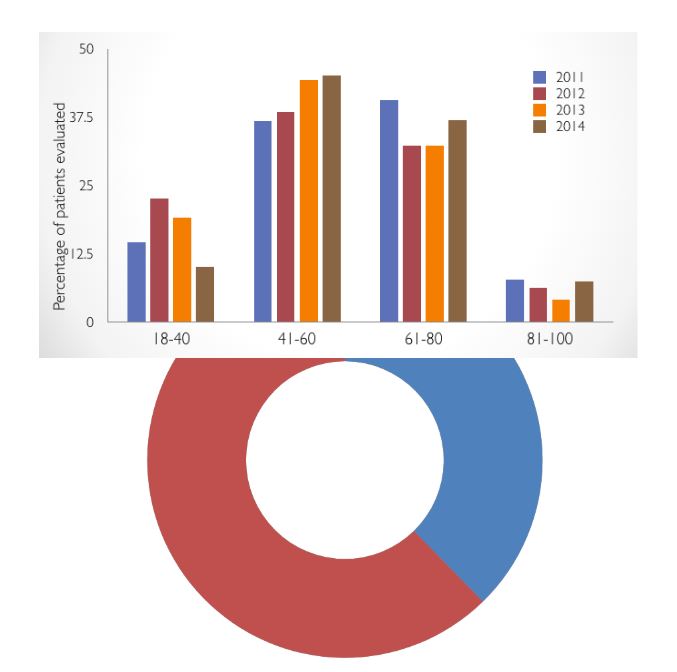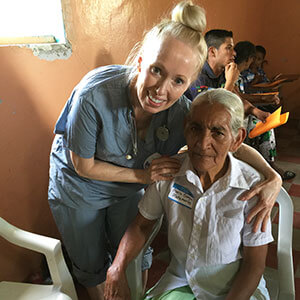ORGANIZATION HISTORY
KHISH was founded in 2006 by a core group of six participants in short-term medical/dental mission brigades sponsored by Trinity Presbyterian Church of Berwyn, Pennsylvania. The name, Kurtz Humanitarian Initiative for Southern Honduras, was chosen to:
- Recognize the leadership of our leader, Richard Kurtz
- Emphasize our focus on humanitarian efforts
- Dedicate our work to the people of Southern Honduras
KHISH began as an informal commitment among individuals in 2006. It was registered as a business in Hanover County, Virginia. KHISH was incorporated in the Commonwealth of Virginia in December 2015. It was awarded 501(c)(3) nonprofit status by the US Internal Revenue Service in December 2017, retroactive to December 2015.
Our sister organization, KHISH/Honduras, is registered as a nongovernmental organization for development (ONGD) under Honduran law. KHISH/Honduras has its own independent junta directiva (Board of Directors) with responsibility for guiding KHISH/US in its efforts in Honduras.
KHISH is an all-volunteer organization which is supported by private donations, donations from other nonprofits, participation fees, and in-kind contributions from nonprofits and corporate sponsors.
KHISH has organized and conducted an annual brigade to Southern Honduras since its inception. The primary focus has been on medical and dental care. Since 2011, eye services, including surgery, have been provided as well.
CORE VALUES
In keeping with our Mission and Vision Statements, we honor our commitment to the Honduran people by holding ourselves to a high standard. Some of our team are professionals and others are lay support personnel. We work alongside a team of Hondurans, both lay and professional, in bringing high quality care to the people of Valle. Every member of the team is a vital and valuable contributor in this effort. We honor one another’s unique value as well.
OBJECTIVES AND GOALS
The GOAL of KHISH is to facilitate the improvement of medical, dental, and eye services for the people of the South. Services should be readily available, affordable and of high quality. Local professionals and support staff should provide these services inasmuch as possible. The funding stream should be sustainable. The prevalence of blindness in the region will be reduced. The prevalence of uncorrected visual impairment due to refractive error will be reduced. The prevalence of undiagnosed and untreated diabetes and hypertension will be reduced.
The OBJECTIVE of KHISH in the immediate term is to continue to bring medical, dental, and eye surgery brigades once per year. Honduran professionals and support staff will continue to be incorporated fully and to share equally in the work. Preventive care will include the use of eye protection for the prevention of cataract formation and the early diagnosis and treatment of diabetes and hypertension.
The near-term objective of KHISH is to expand the number of eye brigades to multiple times per year (within the capacity of the Hospital San Lorenzo to host them). A program for screening and treatment for diabetes and hypertension will grow and expand in its scope. Education in nutrition will be offered. The health and growth of children will improve with the expansion of programs providing vitamins and anti-parasitic medications. A program for screening and treatment of refractive error (need for eyeglasses) will be initiated, including the screening of all schoolchildren. Clean water will be readily available.
The long-term objectives of KHISH include the construction of a permanent eye care facility/outpatient surgery center in Valle. This facility will serve as a base for all the screening and treatment efforts noted above. It will welcome brigades of volunteer medical and surgical professionals from North America and elsewhere. Its operations will eventually be turned over to KHISH/Honduras and its funding stream will be self-sustainable.
IMPACT
Honduras is a Central American country which corresponds in size and population to the state of Virginia in the USA. The Latin American country is the second poorest in the Western Hemisphere. An estimated 67% of its 8.5 million residents live below the poverty line. The poorest residents are those who live in the South, where they are subsistence farmers or are employed in seasonal work in the agriculture and fishing industries. Over recent decades, improvements have been seen in lower birth rates and higher literacy rates and life expectancy. But medical care is spotty in the South. The Hospital San Lorenzo is the public hospital which serves the region. Under the leadership of the Fundacion Pro Mejoramiento del Hospital de San Lorenzo, it has become before our eyes a clean facility with a well-trained staff, arguably the best public hospital in Honduras. It has two operating rooms and a clinic building which host KHISH’s eye care brigades. Unfortunately, Hospital San Lorenzo suffers, as do all the public medical facilities, from inadequate supplies of equipment and medicines. While poor patients may receive medical attention there at low or no cost, they often cannot afford to pay for their prescriptions. The public health department provides immunizations and family planning services but is also hampered by supply issues. There is a long waiting list for non-emergent surgical procedures. Visiting brigades, including our own, are inadequate to meet the needs.
KHISH is the only organization bringing eye care to the region. An estimated 20,000 Hondurans become blind each year due to cataracts (an opacity of the lens of the eye). Many thousands more lose their vision gradually due to cataracts or the complications of diabetes and hypertension. Large numbers of persons of all ages have vision impairment due to refractive error (need for eyeglasses) or pterygium (a growth on the surface of the eye that results from exposure to UV sunlight, dust, and wind). The nearest eye care for the people of the South is in Tegucigalpa, a three-hour drive away. Eye care can be obtained there at a reduced cost, but the physical distance and related expenses put it out of reach for the most impoverished Hondurans.
KHISH has been bringing high quality medical, dental, and eye care services to the people of the South for over a decade. Its dedication to improving the health and well-being of the residents of the region will continue to expand in scope and capabilities in the coming years.
STATISTICS & GRAPHS
Average Gender Breakdown of those Served by KHISH over the years. There are slightly more females (red) than males (blue).
This graph shows the participation age breakdown between the years of 2011 and 2014. Most patients present for evaluation are between 41 and 80 years old.




